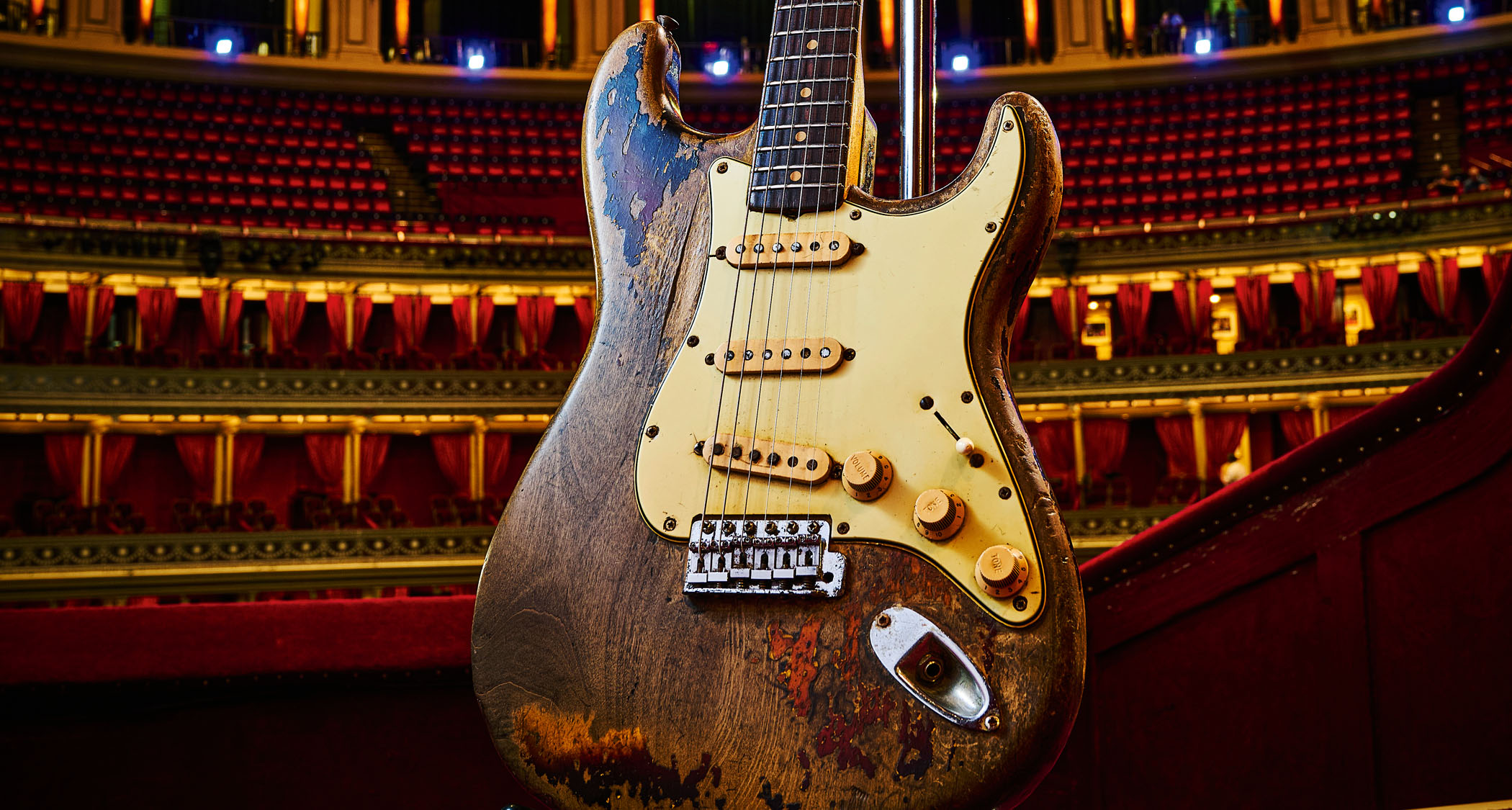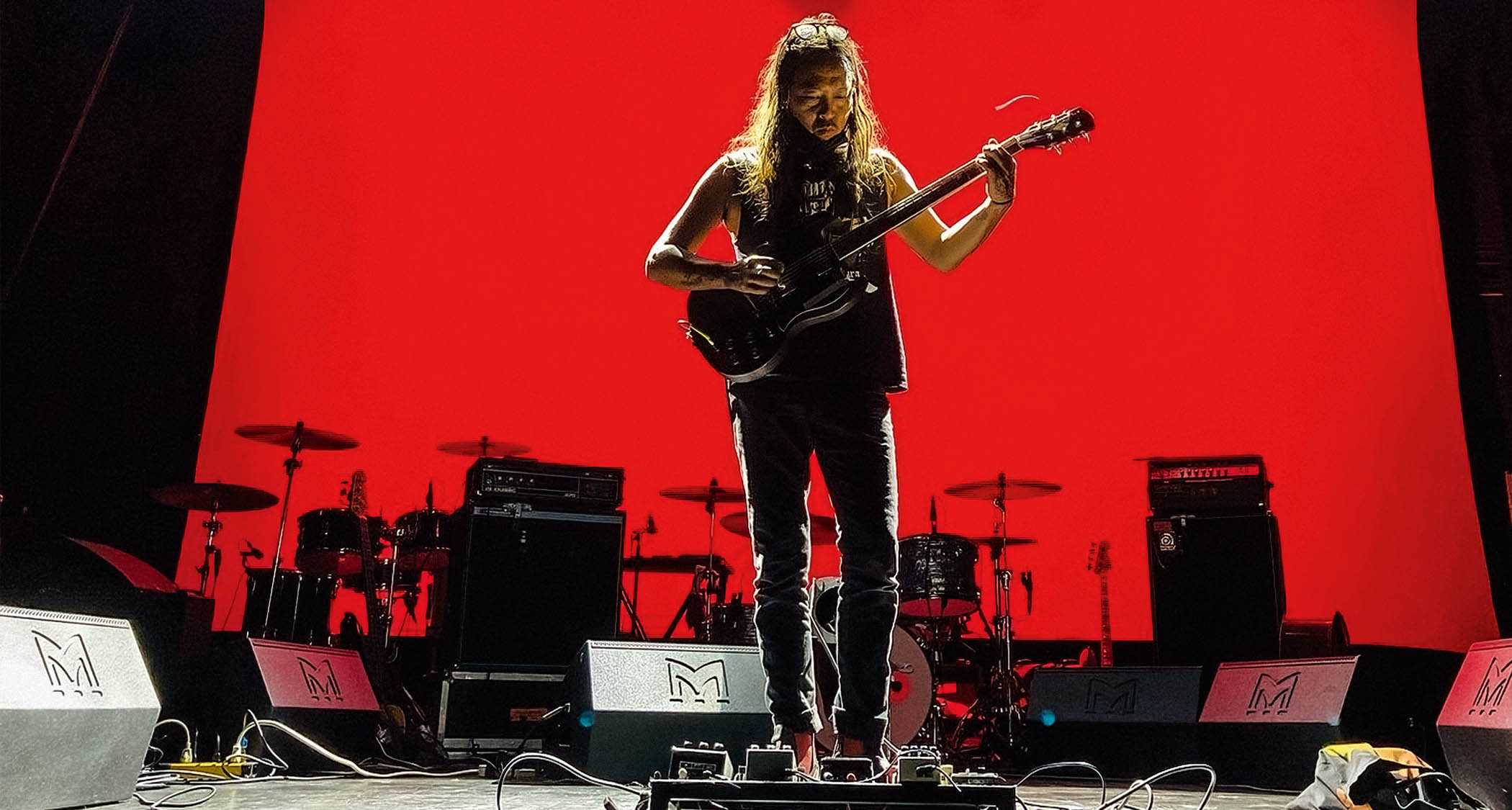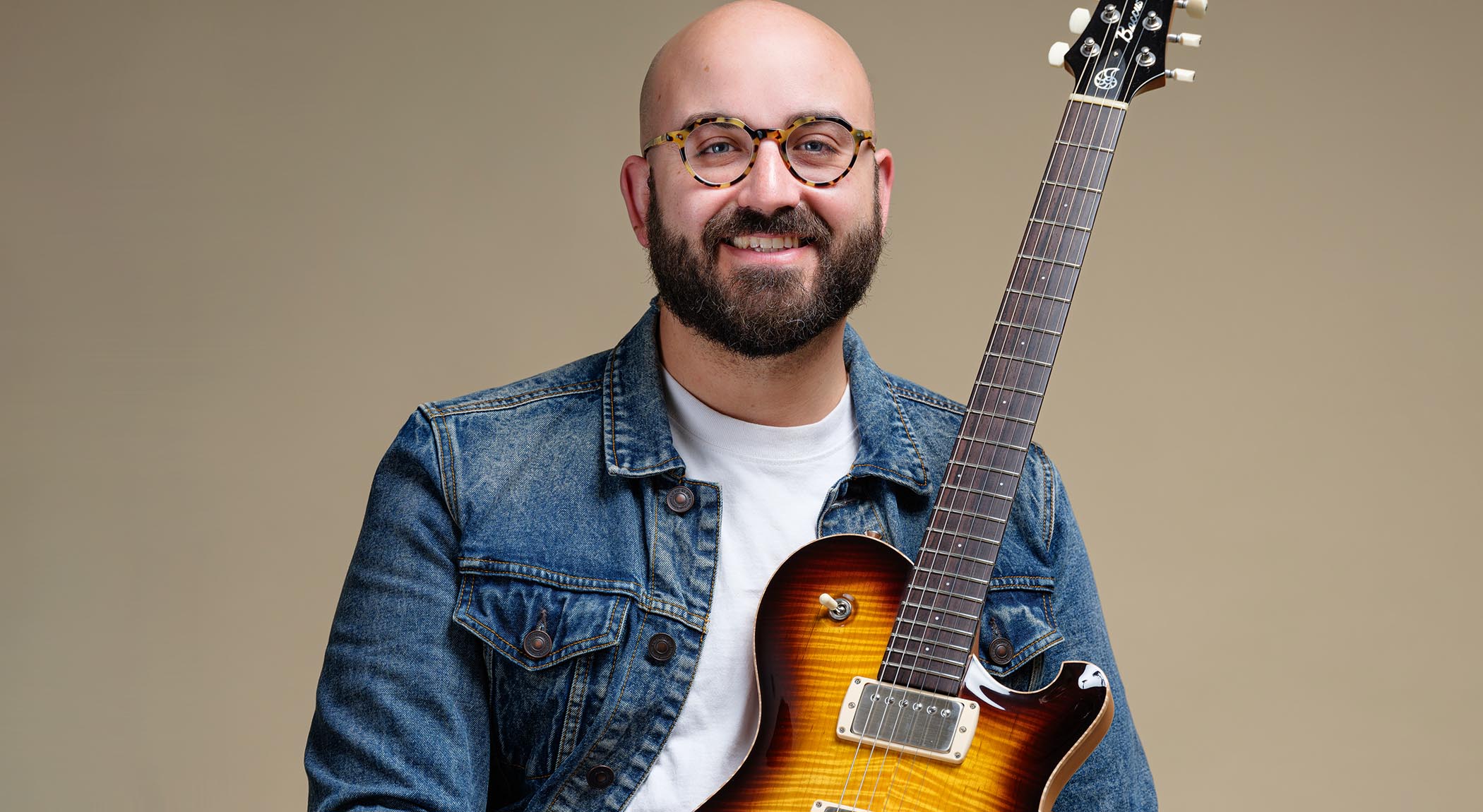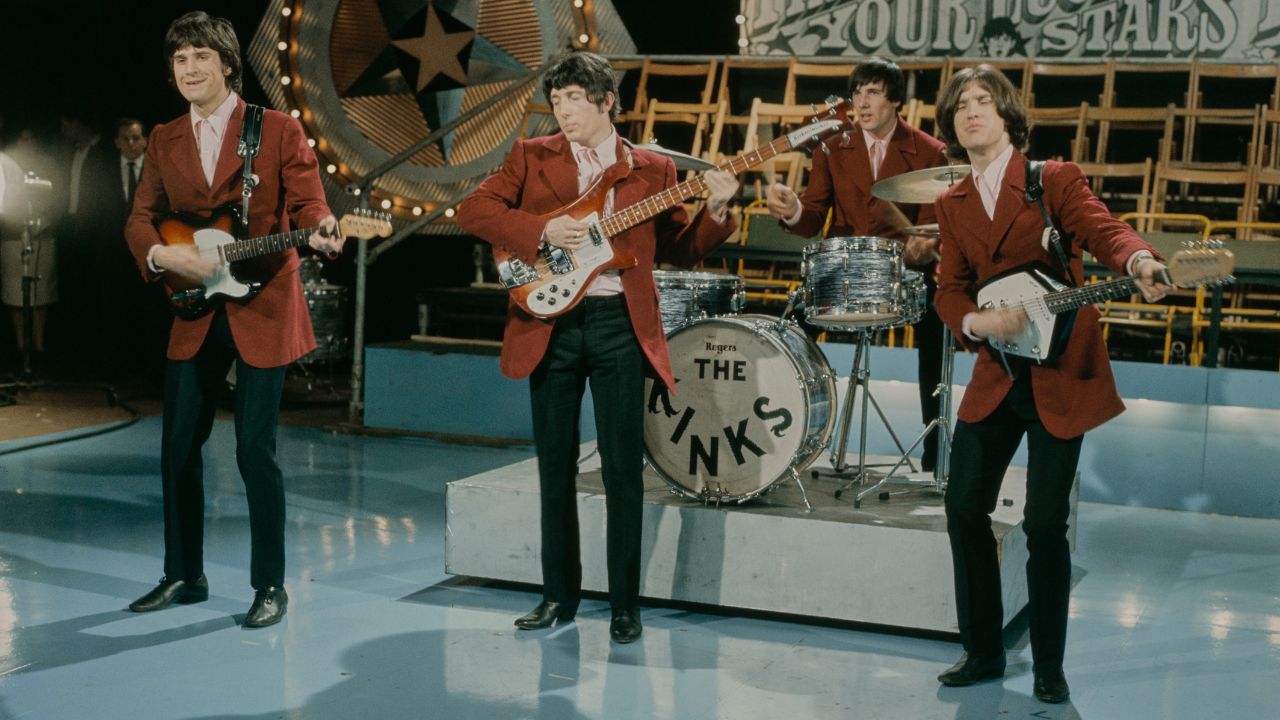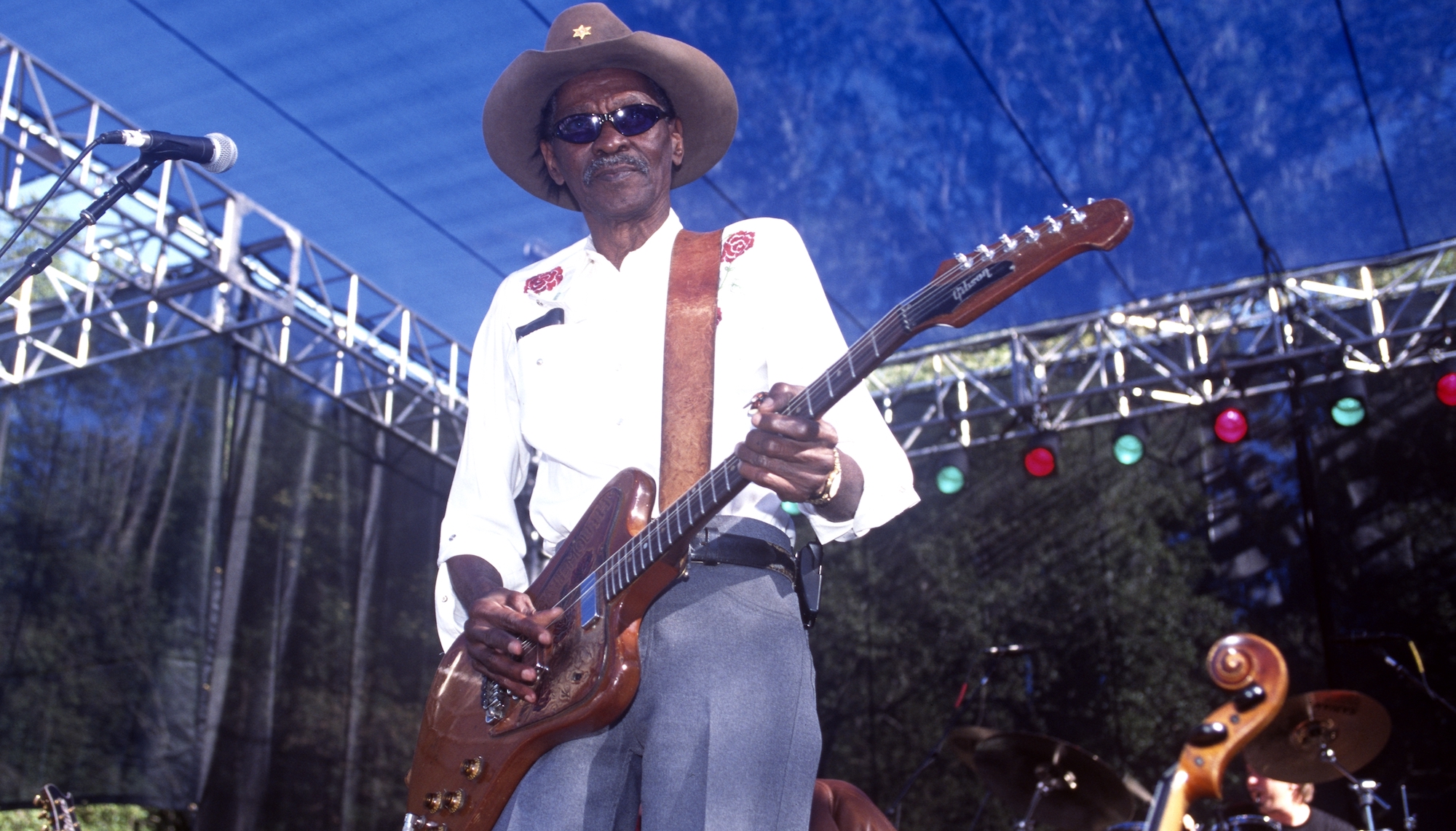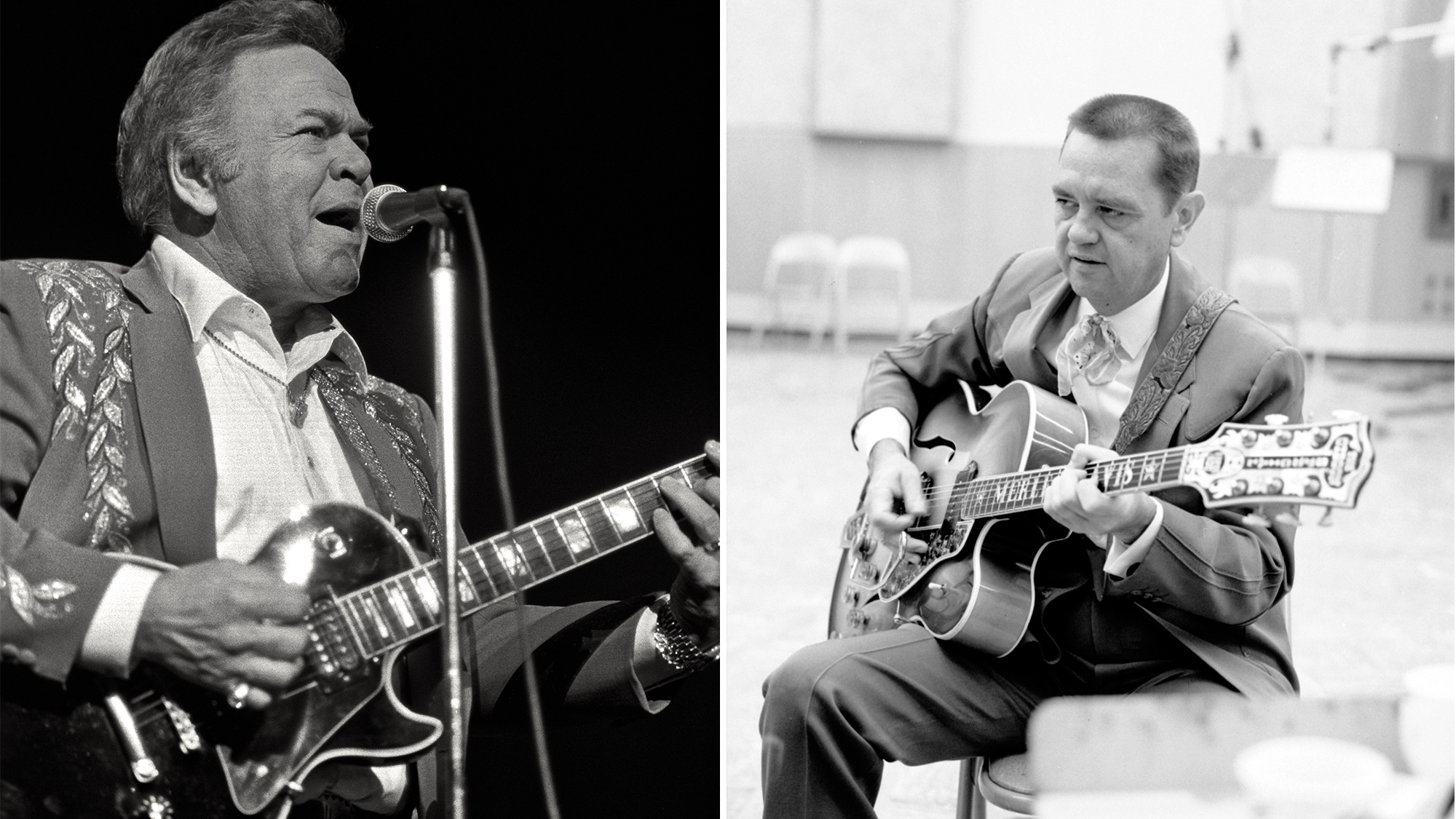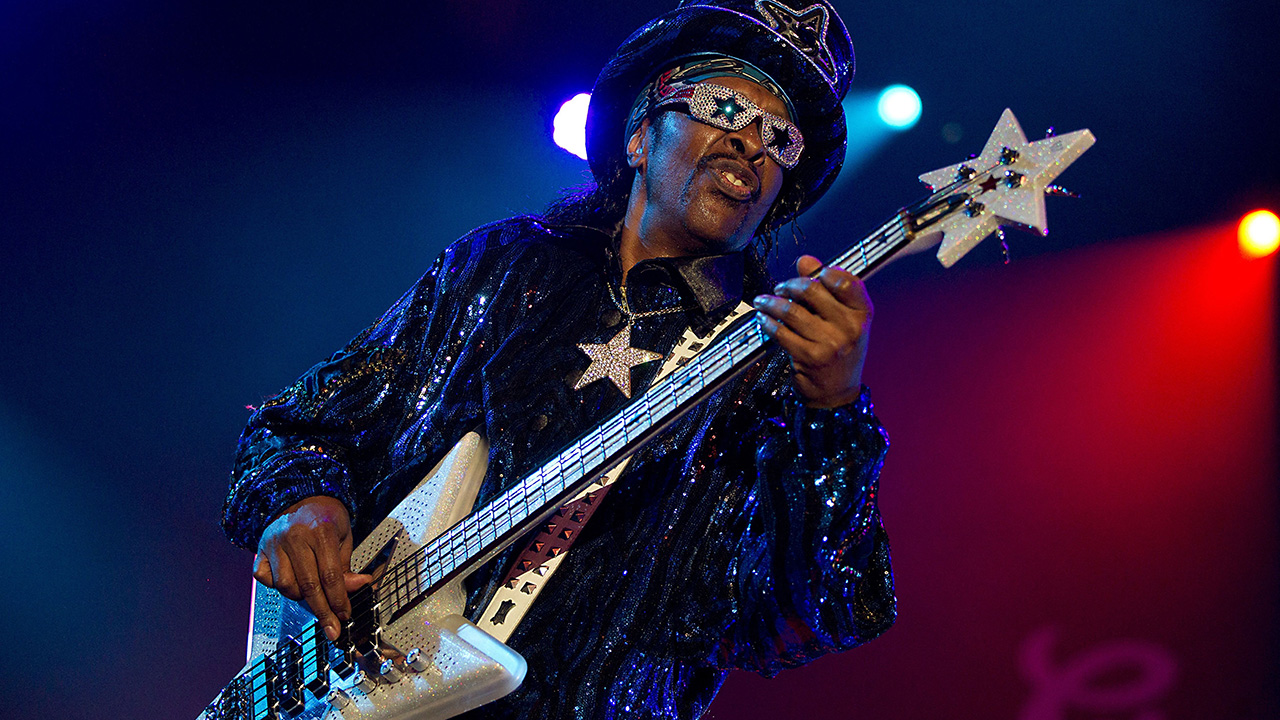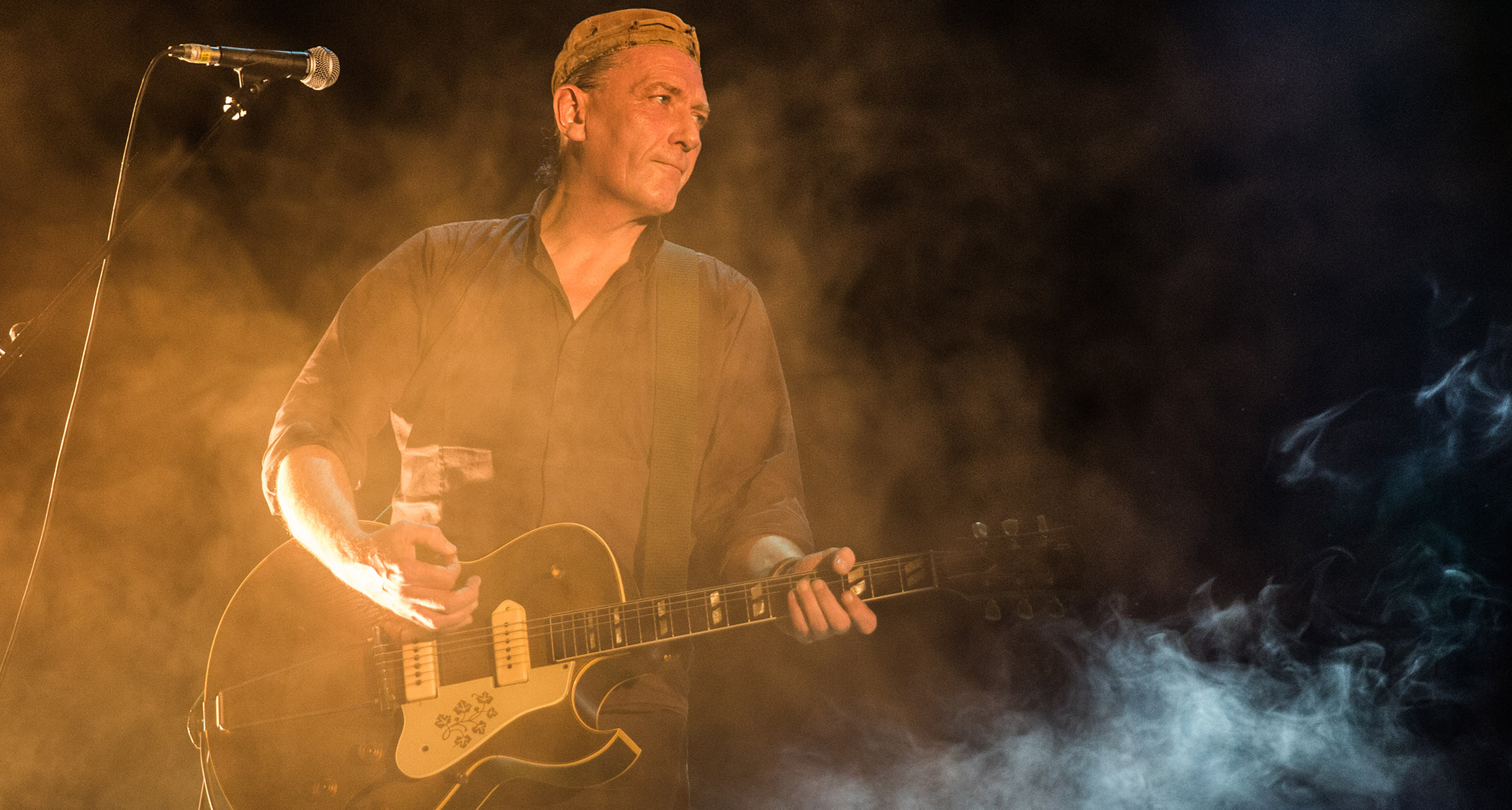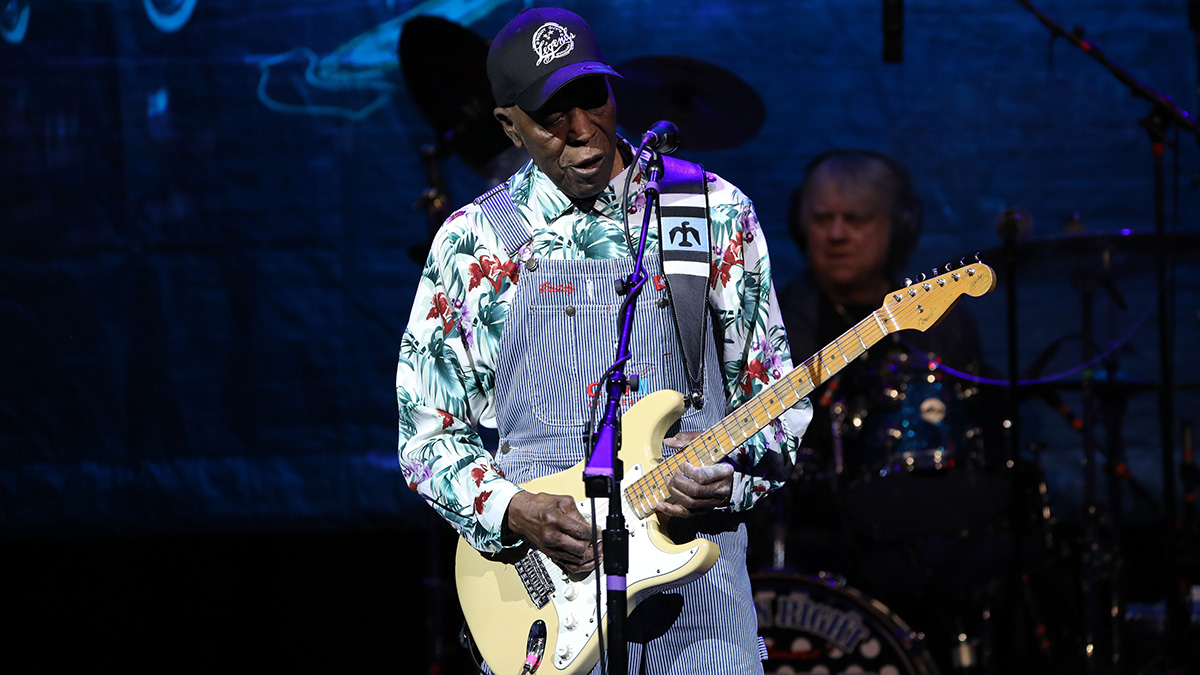“I used different gadgets to make the guitar sound different. I used a few hammers – I don’t recommend that”: How Yasmin Williams is redefining the people’s music with kitchen implements and acoustic guitar
The acoustic folk virtuoso even used a frother from her parents’ kitchen to get a tone on new album Acadia, but, she tells us, the end justifies the means
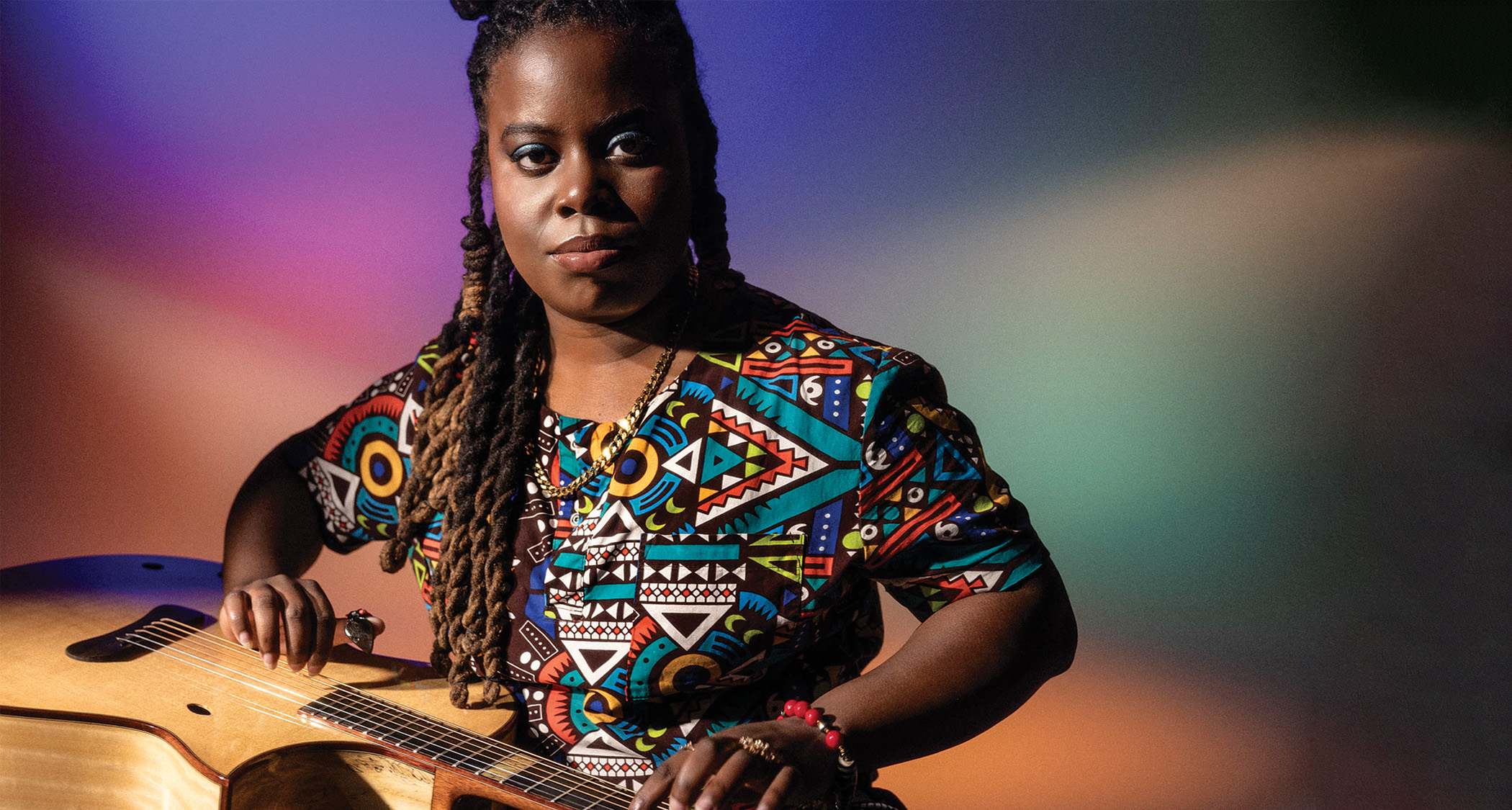
There’s no doubt Yasmin Williams’ inventive style of playing guitar – in a percussive, often, arpeggiated style built around hammer-ons and pull-offs, all while seated with an acoustic positioned on her lap – is the first thing to catch the eye of guitar players. But the sound itself is the truly mesmerizing part.
“I wanted to experiment,” Williams tells Guitar World of her approach. “I used different gadgets I found around my parents’ house to make the guitar sound different. I used a few hammers – I don’t recommend that. I used a frother to get a sustained sound on the strings.
“It took me a little while to get comfortable and play as fast as I wanted to play and do the percussion stuff, but [then it became] how I played guitar most of the time.”
Acadia, her third album, finds Williams expanding her trademark style and sound, collaborating with outside artists on instrumentals and band arrangements with vocals, as well as adding electric guitar to the mix on songs like Nectar and Malamu, where she trades solos with a saxophone.
Fellow acoustic-guitar virtuoso Kaki King duets with Williams on the cascading harmonics and pastoral fingerpicked passages of Harvest, while Carolina Chocolate Drops co-founder Dom Flemons plays rhythm bones on opener Cliffwalk. Banjoist Allison De Groot and fiddler Tatiana Hargreaves double her guitar melody on the sunny bluegrass jam Hummingbird.
But the fearless instrumentation choices aren’t the only liberating part of her sound. She eschews conventional verse-chorus-verse song structures, leaving her open to chart her own musical territory.
GUITARS
Skytop acoustic, Timberline parlor harp guitar, Epiphone ES-339 and a doubleneck
AMPS
Marshalls, Neural DSP amp modeler
“Early on in my playing career, I was more bound to a kind of pop-song structure. That’s just the music I grew up on,” she says. “I’m definitely more comfortable with just seeing where a song ends up [now], not being afraid of key changes, not being afraid of tempo changes, not being afraid of silence – to let things unfold in an organic, natural way.”
Get The Pick Newsletter
All the latest guitar news, interviews, lessons, reviews, deals and more, direct to your inbox!
Ultimately, the point of her unconventional playing style, adventurous instrumentation and lack of guardrails is to find new horizons in folk music.
“My goal was to show people how folk can expand to embrace other influences, such as kora music of West Africa and rock music and jazz, and still be a folk record,” she explains. “Because folk, to me, is just the people’s music.”
- Acadia is out now via Nonesuch.
Jim Beaugez has written about music for Rolling Stone, Smithsonian, Guitar World, Guitar Player and many other publications. He created My Life in Five Riffs, a multimedia documentary series for Guitar Player that traces contemporary artists back to their sources of inspiration, and previously spent a decade in the musical instruments industry.
You must confirm your public display name before commenting
Please logout and then login again, you will then be prompted to enter your display name.
“Stevie came to my 5th birthday and gave me a pawnshop Harmony. It didn’t have a gig bag, it had two paper grocery bags on either end”: Tyrone Vaughan descends from blues greatness – and SRV helped him start his guitar journey early
“Live right up to the last breath and stay positive about the world, your family and the environment you live in”: Mike Peters, frontman of the Welsh band, The Alarm, has died aged 66


